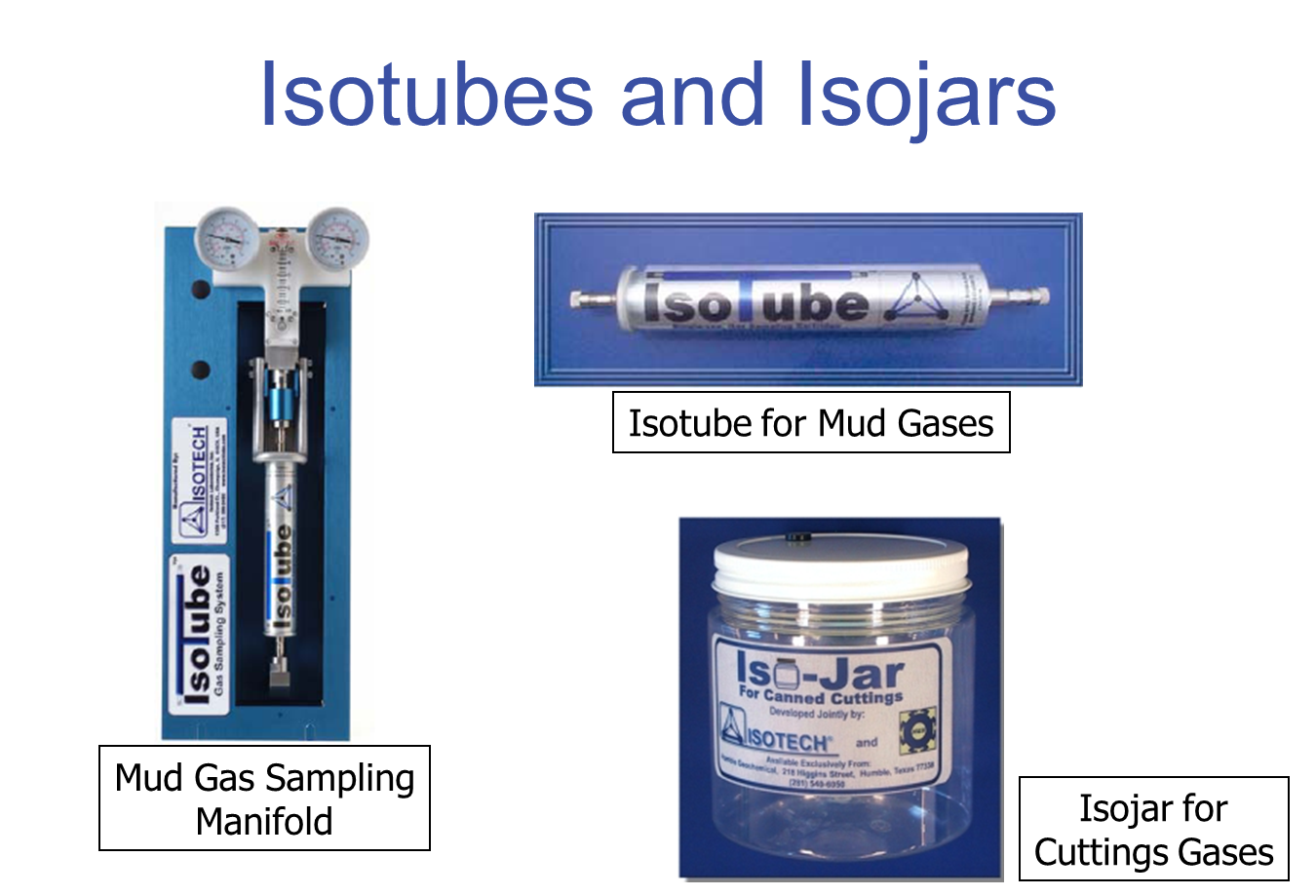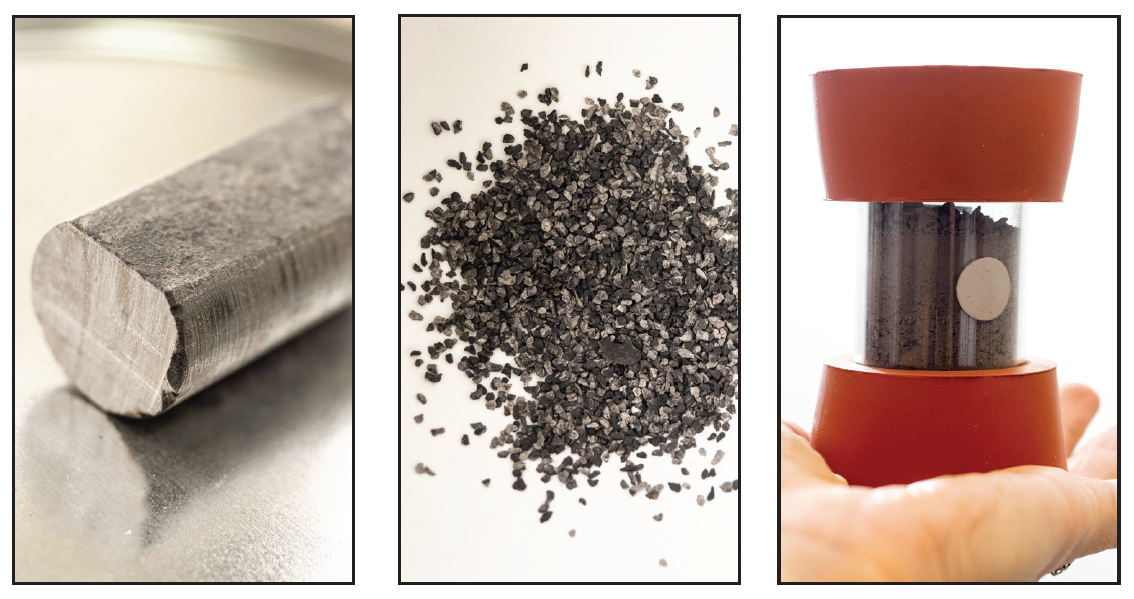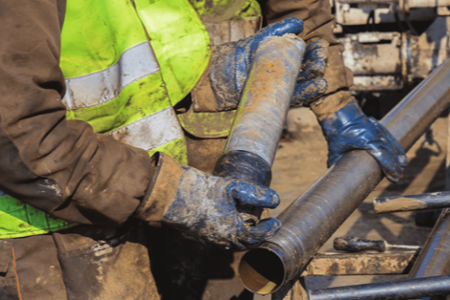
In the current oil and gas environment seeking subsurface understanding and constraint can be limited due to capital pullback. The most important thing to remember is that there are a number of scientific tools that can constrain uncertainty and help predict value of a given stratigraphic zone through various laboratory measurement approaches. One such tool that is inexpensive and hold high impact are mud gas isotope analyses. The technique is often overlooked as one that can ‘wait until later’ versus the more time sensitive analyses of whole core or rotary sidewall core saturations. Which brings two critical opportunities in the current environment to continue to make progress at low cost. If you are an operator and have any legacy isotubes or isojars stored away, now is the time to dust them off and execute an exploration, exploitation or development scale case study (Figure 1). Or if you are in the situation of trying to cut costs on an active data collection project, isotubes are cheaper than advanced mudlogging costs thought albeit the two tools compliment each other very well.
.png?width=1350&name=unnamed%20(2).png)
(Figure 1)
Mud gas isotube analysis offers a way to tackle full stack stratigraphic assessment for upside potential, proven hydrocarbon bearing zones and where isotopic rollover may be constrained (Zumberge et al., 2012) (Figure 2).
.png?width=809&name=unnamed%20(3).png)
(Figure 2)
In addition, the mud gas compositions themselves can tell us a lot about maturity, depositional environment and what is similar or dissimilar at a basin-scale study or a development scale study. Want to try to understand why the single well 2 miles from the original horizontal might have performed differently than predicted (Figure 3)? First, take a look at the data generated by analyzing the mud gas isotopes and see if the geochemical signatures of the fluids can provide an aha moment.
.png?width=809&name=unnamed%20(4).png)
(Figure 3)
The technique is useful and can provide quick, cheap, instant technical insight for a number of unconventional plays in the L48 and internationally. Notably within the Delaware and Midland basins of the Permian system. Full well profiles from the Delaware Mountain Group through the Leonardian Bone Spring carbonates and sands, into the Wolfcampanian and even deeper to the Barnett and Woodford can be utilized to unravel the complexity of the depositional systems and the maturity versus production reversal based on depth in these settings. Comparison of critical subbasin structures as well as distance to and from known or unknown faults can also be identified and constrained via mud gas isotopic work. So, food for thought to consider as we strive to continue to learn and reduce uncertainty and risk, while at a low economic environment.
Reference: Zumberge, J.; Ferworn, K.; Brown, S. 2012. Isotopic reversal (`rollover') in shale gases produced from the Mississippian Barnett and Fayetteville formations. Marine and Petroleum Geology. 31(1): 43-52.


